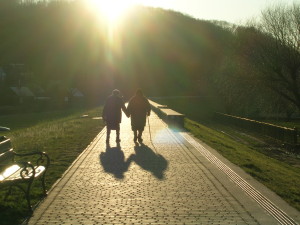 When an elderly loved one in San Diego requires nearly constant medical care, many family members are at their most concerned when that loved one has to be hospitalized. However, according to a recent article in California Healthline, one of the most dangerous periods for elderly patients actually starts after they leave the hospital, and perhaps not for the reasons you might think. The problem is not that the elderly person does not receive sufficient care after a hospital visit, but rather that the patient failed to receive proper care while in the healthcare facility. Does this rise to the level of elder neglect?
When an elderly loved one in San Diego requires nearly constant medical care, many family members are at their most concerned when that loved one has to be hospitalized. However, according to a recent article in California Healthline, one of the most dangerous periods for elderly patients actually starts after they leave the hospital, and perhaps not for the reasons you might think. The problem is not that the elderly person does not receive sufficient care after a hospital visit, but rather that the patient failed to receive proper care while in the healthcare facility. Does this rise to the level of elder neglect?
Problems Associated with Poor Transitional Care
The time between leaving the hospital and receiving care either from a home caregiver or staff members at a nursing home in Southern California is known as a period of “transitional care.” As Alicia Arbaje, an assistant professor at the Johns Hopkins School of Medicine explains, “poor transitional care is a huge, huge issue for everybody, but especially for older people with complex needs.” While “the most risky transition,” Arbaje explains, “is from hospital to home with the additional need for home care services,” since it is the type of situation about which the least is known, injuries resulting from poor transitional care can also happen when the patient goes from a hospital to a local nursing home.
 Southern California Nursing Home Abuse Lawyer Blog
Southern California Nursing Home Abuse Lawyer Blog

















